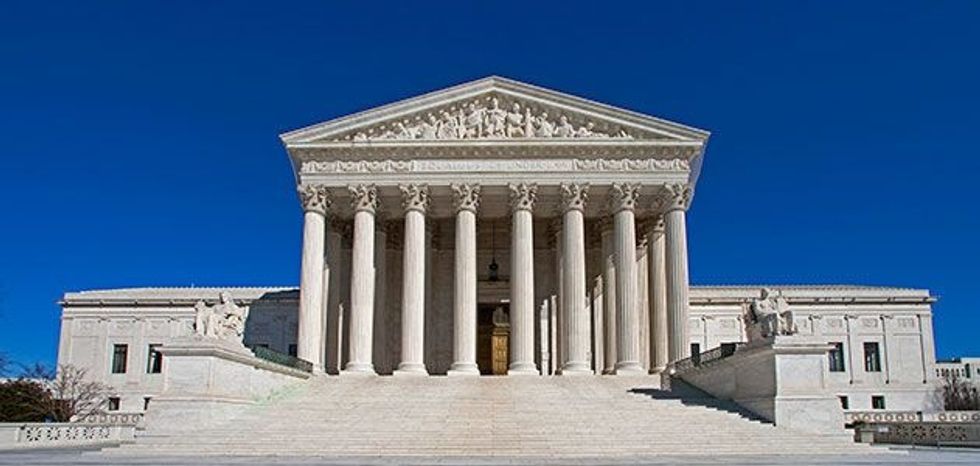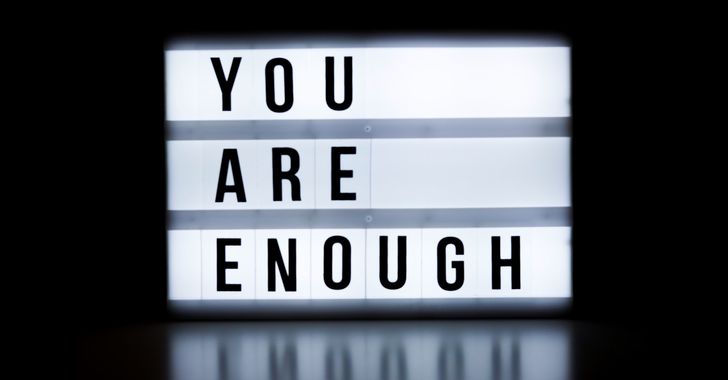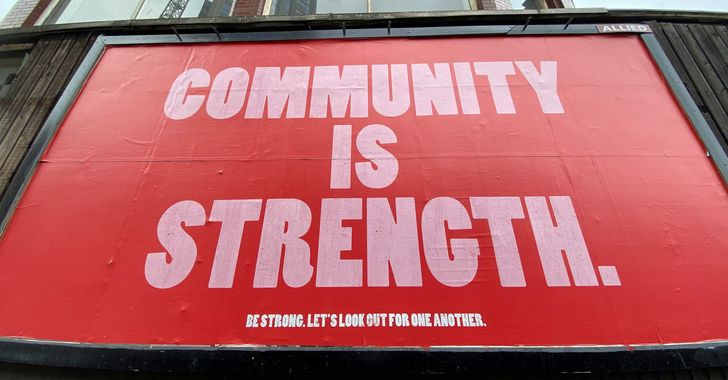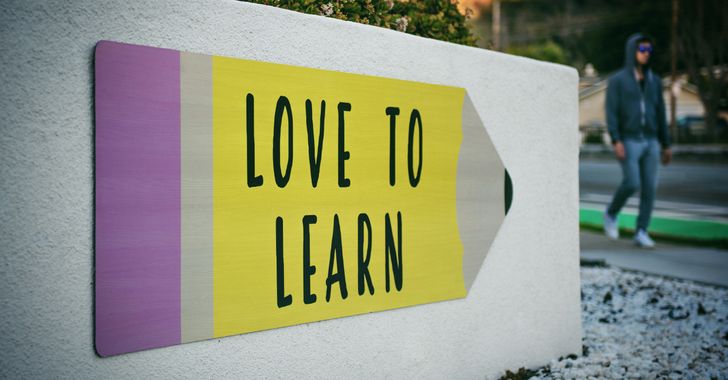Since the day the United States Supreme Court first met in 1790, it has issued thousands of opinions on everything from the powers of government to civil rights and freedom of the press. Despite the fact that many of these decisions are little known and of little interest to the general public, several of them stand out for the impact they have had on the country's history. Some of the most significant cases are summarized below.
1. MARBURY VS. MADISON (1803)
Often known as the most important decision in Supreme Court history, Marbury v. Madison established the principle of judicial review and the power of the Court to judge the constitutionality of the actions of the legislative and executive branches.
The case arose out of a political dispute in the aftermath of the 1800 presidential election, in which Thomas Jefferson, a Democrat-Republican, prevailed over the incumbent president, John Adams, who was a Federalist. In the latter days of the Adams administration, the Federalist-dominated Congress created a number of judicial posts, including 42 justices of the peace for the District of Columbia. The Senate ratified the appointments, the president signed them, and the secretary of state was assigned the responsibility of sealing and submitting the corresponding appointments. Due to the rush of last-minute activities, the outgoing secretary of state forgot to send appointments to four of the new justices of the peace, one of whom was William Marbury.
2. GIBBONS VS. OGDEN (1824)
The weakness of the first United States government under the Articles of Confederation was due, in part, to its lack of power to regulate the new nation's economy and even the flow of interstate commerce. The Constitution gave the US Congress the power to "regulate commerce… between different states…", but that authority was frequently contested by states that wished to retain control of their respective economic affairs.
In the early 1800s, New York State passed a law requiring steamboat operators traveling between New York and New Jersey to be licensed by New York. Aaron Ogden had such a license, but Thomas Gibbons did not. When Ogden realized that Gibbons was competing against him and did not have New York's permission, he sued Gibbons to try to impede his operations.
DRED SCOTT VS. SANDFORD (1857)
Dred Scott was a slave whose owner, John Emerson, took him from the state of Missouri, in which slavery was allowed, to that of Illinois, where slavery was prohibited. After a few years, Scott returned to Missouri with Emerson. However, Scott thought that just because he lived in a free state, he should no longer be considered a slave.
Emerson died in 1843, and three years later Scott petitioned his widow for his release. Scott won the litigation in a Missouri court in 1850, but in 1852, the state Supreme Court reversed the lower court's decision. Meanwhile, Mrs. Emerson remarried and Scott became the legal property of her brother, John Sanford (misspelled as Sandford in court records). Scott sued Sanford in federal court, demanding his freedom, and the court ruled against Scott in 1854.
4. NATIONAL LABOR RELATIONS BOARD (NLRB) VS. JONES & LAUGHLIN STEEL CORP. (1937)
In the same way that Gibbons v. Ogden established the supremacy of Congress in regulating interstate commerce, NLRB v. Jones & Laughlin expanded the authority of Congress from regulating commerce itself to regulating the business practices of industries that engage in interstate commerce.
Jones & Laughlin, one of the largest steel producers in the country, violated the National Labor Relations Act of 1935 by laying off 10 employees for their involvement in union activities. The law prohibited a number of unfair labor practices and protected workers' rights to form unions and bargain collectively. The company refused to obey an order from the NLRB that required it to reinstate the workers. A Circuit Court of Appeals failed to enforce compliance with the board's order, and the Supreme Court reviewed the case.
BROWN VS. BOARD OF EDUCATION (1954)
Prior to this landmark case, many states and the District of Columbia had racially segregated school systems under the authority of the Supreme Court decision in Plessy v. Ferguson of 1896, which allowed segregation as long as the facilities were the same for everyone. Oliver Brown of Topeka, Kansas, challenged that "separate but equal" doctrine in 1951 when he sued the city school board on behalf of his eight-year-old daughter. Brown wanted his daughter to attend the white school, which was five blocks from his home, instead of going to the school for black children, which was 21 blocks away. After verifying that both schools were essentially the same, a federal court ruled against Brown.
Meanwhile, parents of other black children filed similar lawsuits in South Carolina, Virginia, and Delaware. The Delaware court found that black schools were inferior to those of their white counterparts and ordered that black children be transferred to all-white schools. However, school officials appealed the decision and took the case to the Supreme Court.
GIDEON VS. WAINWRIGHT (1963); MIRANDA VS. ARIZONA (1966)
Two Supreme Court decisions in the 1960s supported the rights of people accused of committing crimes.
Clarence Earl Gideon was arrested in 1961 for breaking into a pool hall in Florida. When the defendant asked the court to appoint a defense attorney, the judge refused to accommodate him, arguing that state law only provided for the appointment of a lawyer in important cases, that is, those in which a person or persons had died. that are punished with the death penalty. Gideon defended himself and was found guilty. Once in jail, he spent hours in the library studying law books and sent a handwritten petition to the Supreme Court asking it to hear his case. The Court ruled that Gideon had been denied the right to a fair trial and ruled that all states must provide legal advice to people accused of crimes who are unable to hire a defense attorney on their own.
NEW YORK TIMES CO. VS. SULLIVAN (1964)
The First Amendment to the U.S. Constitution guarantees freedom of the press, but for several years the Supreme Court rejected the application of the First Amendment to protect the media against defamation lawsuits, that is, those that are based in the publication of false information that damages a person's reputation. The Supreme Court verdict in New York Times Co. v. Sullivan revolutionized defamation law in the United States, arguing that public officials will not be able to successfully file a defamation lawsuit simply by proving that published information is false.
The case came in the wake of a full-page advertisement in the New York Times by the Southern Christian Leadership Conference to raise funds for the legal defense of civil rights leader Martin Luther King, Jr., who had been apprehended in Alabama in 1960. LB Sullivan, a Montgomery, Alabama city commissioner who was in charge of the police department, alleged that he had been defamed by whoever published the description of the actions of the city's police force. Sullivan sued the four clergymen who had been responsible for publishing the ad and also the New York Times, alleging that the New York Times had not verified the accuracy of the ad.





 people sitting on chair in front of computer
people sitting on chair in front of computer



 all stars lol GIF by Lifetime
all stars lol GIF by Lifetime two women talking while looking at laptop computerPhoto by
two women talking while looking at laptop computerPhoto by  shallow focus photography of two boys doing wacky facesPhoto by
shallow focus photography of two boys doing wacky facesPhoto by  happy birthday balloons with happy birthday textPhoto by
happy birthday balloons with happy birthday textPhoto by  itty-bitty living space." | The Genie shows Aladdin how… | Flickr
itty-bitty living space." | The Genie shows Aladdin how… | Flickr shallow focus photography of dog and catPhoto by
shallow focus photography of dog and catPhoto by  yellow Volkswagen van on roadPhoto by
yellow Volkswagen van on roadPhoto by  orange i have a crush on you neon light signagePhoto by
orange i have a crush on you neon light signagePhoto by  5 Tattoos Artist That Will Make You Want A Tattoo
5 Tattoos Artist That Will Make You Want A Tattoo woman biting pencil while sitting on chair in front of computer during daytimePhoto by
woman biting pencil while sitting on chair in front of computer during daytimePhoto by  a scrabbled wooden block spelling the word prizePhoto by
a scrabbled wooden block spelling the word prizePhoto by 
 StableDiffusion
StableDiffusion
 StableDiffusion
StableDiffusion
 StableDiffusion
StableDiffusion

 women sitting on rock near body of waterPhoto by
women sitting on rock near body of waterPhoto by 
 Photo by
Photo by  Photo by
Photo by  Photo by
Photo by  Photo by
Photo by  Photo by
Photo by  Photo by
Photo by  Photo by
Photo by  Photo by
Photo by  Photo by
Photo by  Photo by
Photo by 








